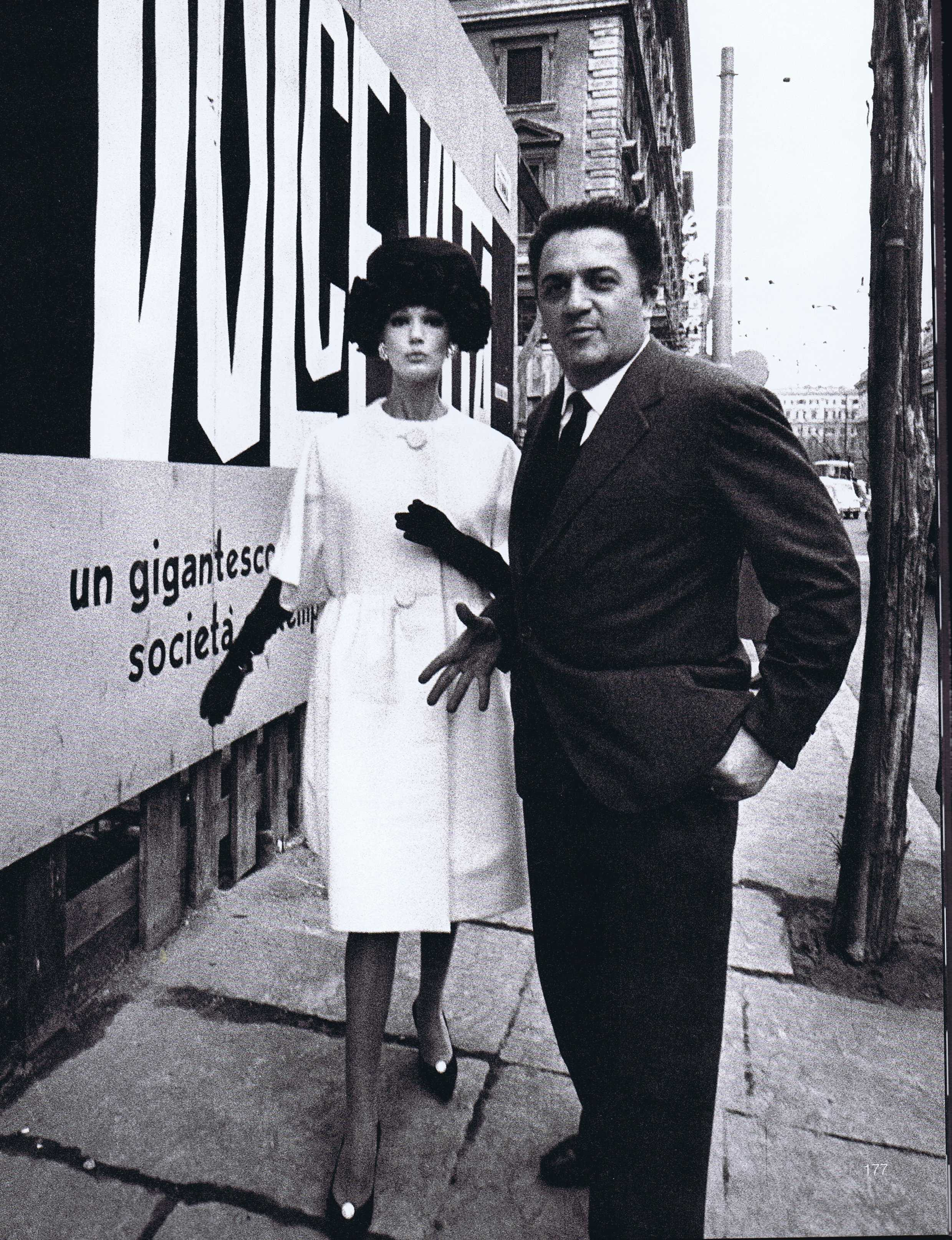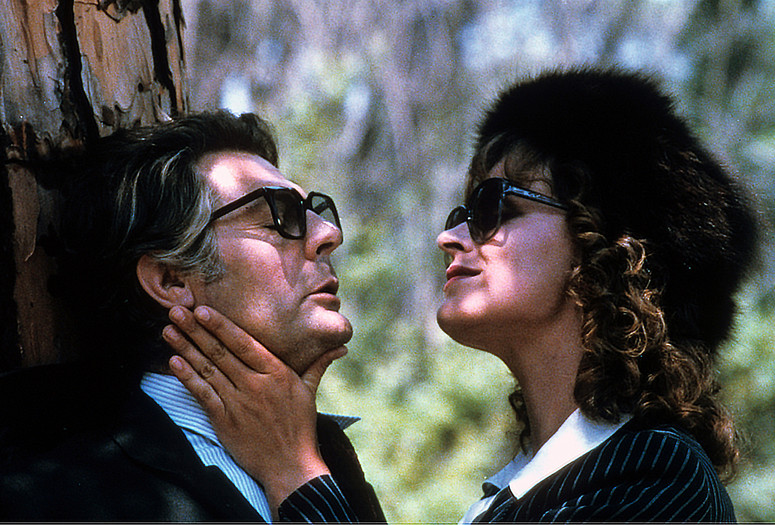
When asked if this was true he replied, “All art is autobiographical. It is often said that Fellini’s films are autobiographical. Later they became more fantastical and dreamlike, almost surreal and somewhat baroque, as now his imagination was at play. Rossellini films were pure Neorealism and Fellini’s earlier films were in this style. In 1947 Amidei and Fellini were nominated for an Oscar with the film “Rome, Open City.” He also worked with him on “L’Amore.” He filmed the Sicilian scenes and acted opposite Anna Magnani in the episode “The Miracle”. Fellini managed to avoid being drafted to the army in 1942, but instead was sent to Libya and worked on the “Knights of the Desert’ directed by Valenti.”Īt this time Roberto Rossellini came to see a Fellini movie which resulted in Fellini being the screenwriter and assistant director on Rossellini’s “Piasa” in 1946. Giulietta was the leading star in many of his films and it was a wonderfully creative work relationship. His work on radio led to him meeting Giulietta Masina, whom he married in 1942. Fellini wrote sketches and gags for Fabrizi. For a short time, he was a reporter and he interviewed Aldo Fabrizi, a variety performer which led to a successful work relationship.

Bernardino Zapponi was one of these connections and Zapponi became a screenwriter for Fellini’s films later. It was through his work here that he met and collaborated with other writers which opened opportunities for him. His life was influenced greatly by being in the compulsory fascist youth group Avanguardista in Mussolini’s time, though neither he nor his family were sympathetic towards fascism.īetween 19 he worked as a caricaturist in a portrait shop, published cartoons in the humorous magazine the “420 weekly” and wrote for “Marc’Aurelio”, a popular bi-weekly humour magazine. The friends he made along the way often became the subjects upon which his movie characters were based, such as Luigi “Titta” Benzi, whose character he used as the model for young Titta in “Amarcord” (1973). In 1929 he attended the Ginnasio Giulio Cesare.


He developed a love and fascination for the Grand Guignol, the circus, and Pierino the clown. He was a creative child and spent time drawing, creating puppet shows and reading the comic “Il corriere dei piccoli,” whose characters may have influenced his films later. He had two siblings, a brother Riccardo, and a sister, Maria Maddalena, both younger than him. Federico had fairly humble beginnings: he was born in the small town of Rimini on Jan 20th, 1920 to Urbano, a travelling salesman and vendor, and Ida, whose family were merchants. Federico Fellini, often referred to by his colleagues as “Rimini Fellini”, the filmmaker and scriptwriter who won five Academy Awards, is considered the most influential filmmaker of the 20 th century.


 0 kommentar(er)
0 kommentar(er)
